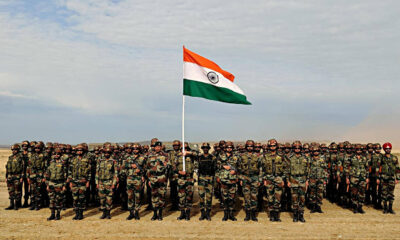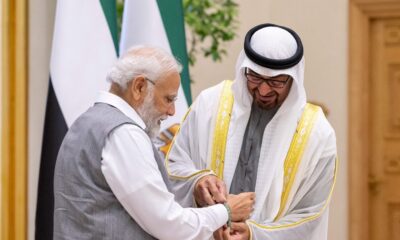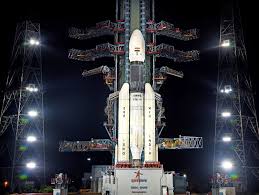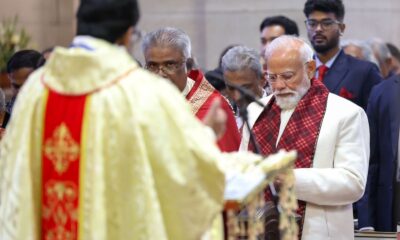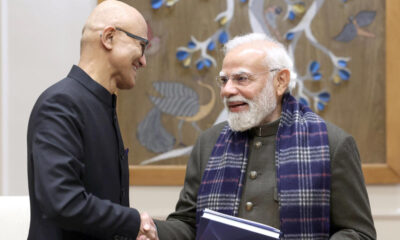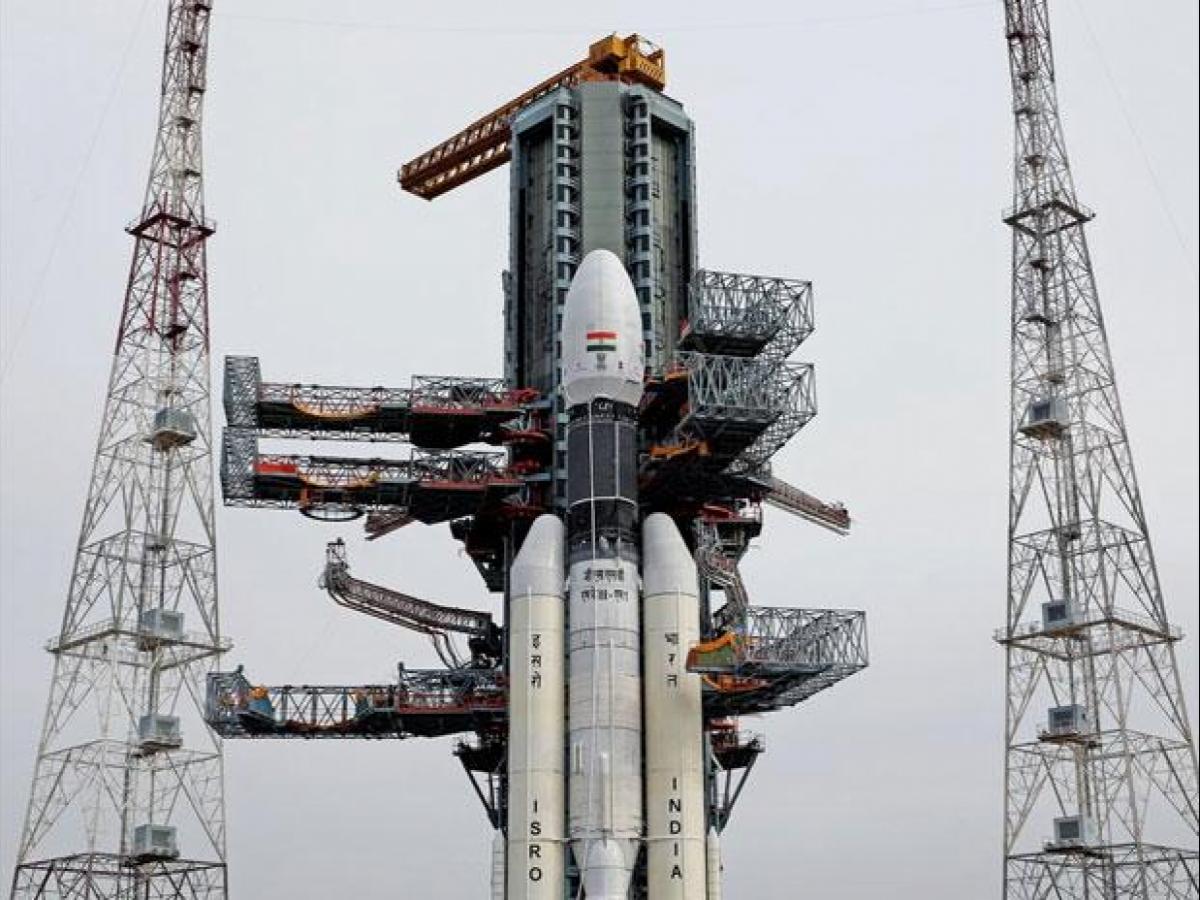

More in Nation
-


Nation
PM Modi Attends Christmas Service at Delhi Cathedral
Prime Minister Narendra Modi joined the Christmas morning service at The Cathedral Church of the Redemption...
-


Nation
Trump Shifts Stance: India Emerges as Key US Strategic Partner
US President Donald Trump has adopted a noticeably warmer tone toward India, calling Prime Minister Narendra...
-


Nation
Goa Nightclub Co-Owner Ajay Gupta Arrested in Fire Investigation
Ajay Gupta, who claimed to be a silent partner and investor in the fire-ravaged ‘Birch by...
-


Nation
Microsoft Commits $17.5 Billion to India’s AI-First Future
Microsoft CEO Satya Nadella has announced a landmark $17.5 billion investment in India, marking the tech...
-


Nation
India Rejects Colonial Mindset, Emerges as Global Pillar of Trust
Prime Minister Narendra Modi delivered a strong address at the 23rd Hindustan Times Leadership Summit, challenging...


